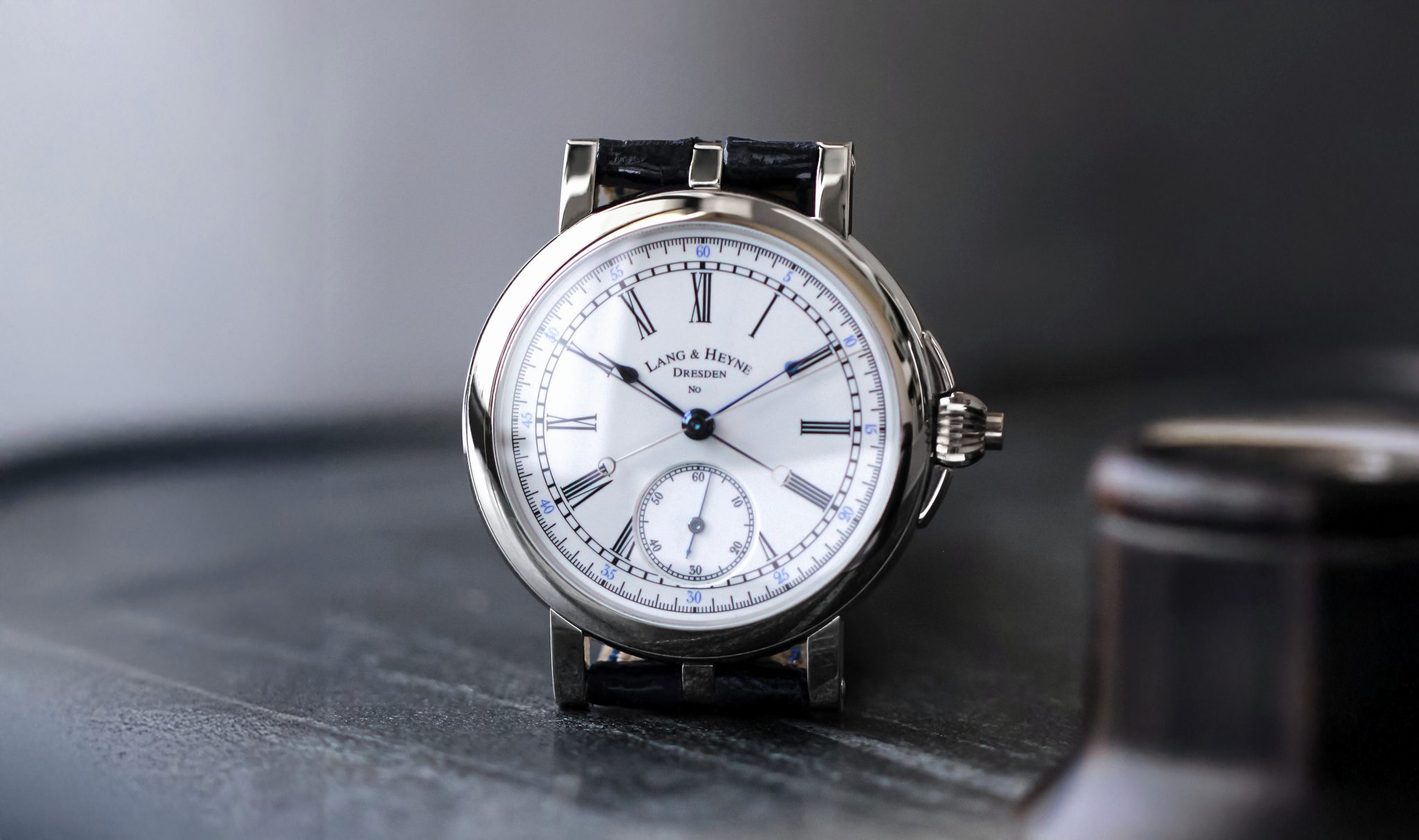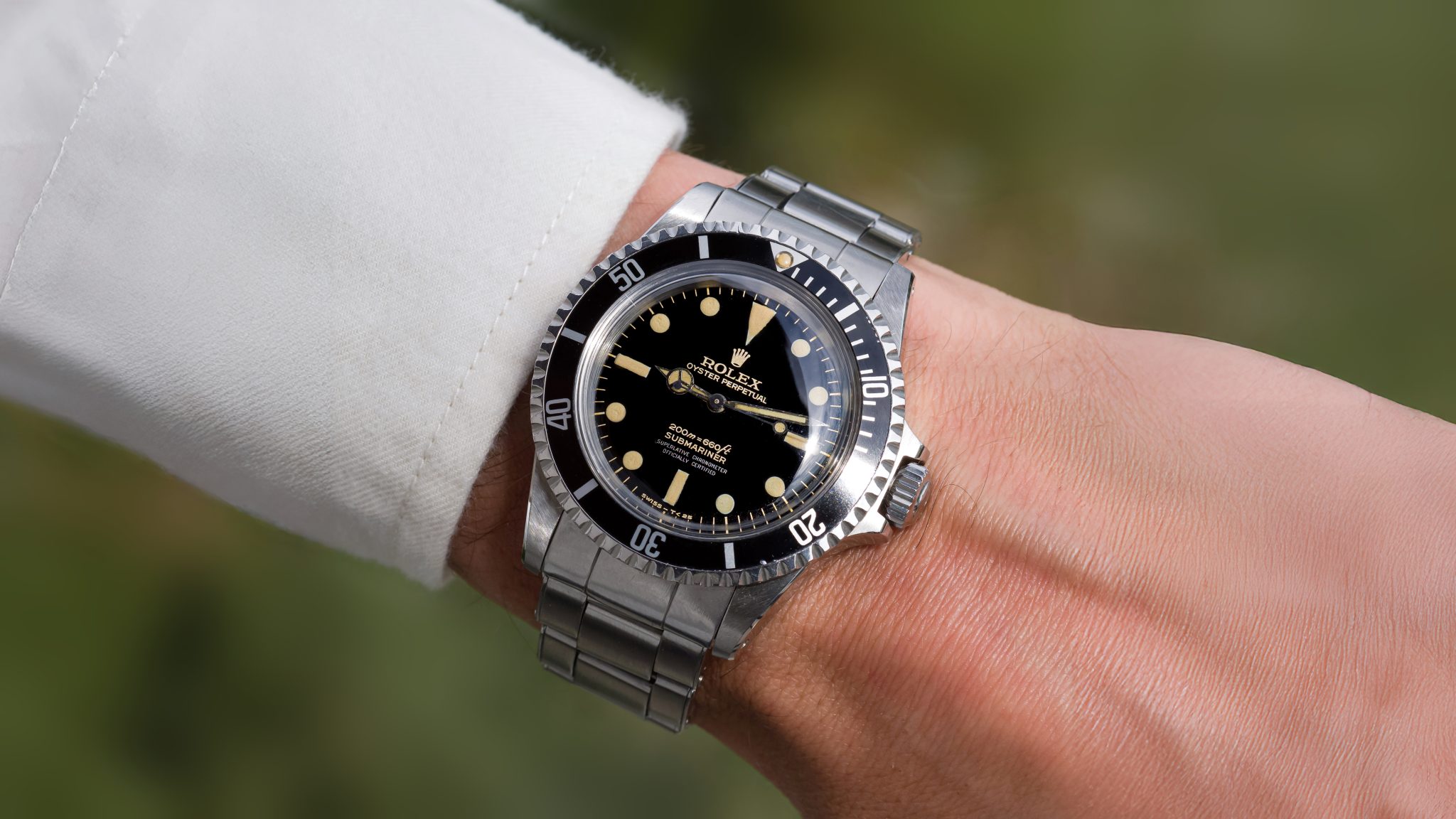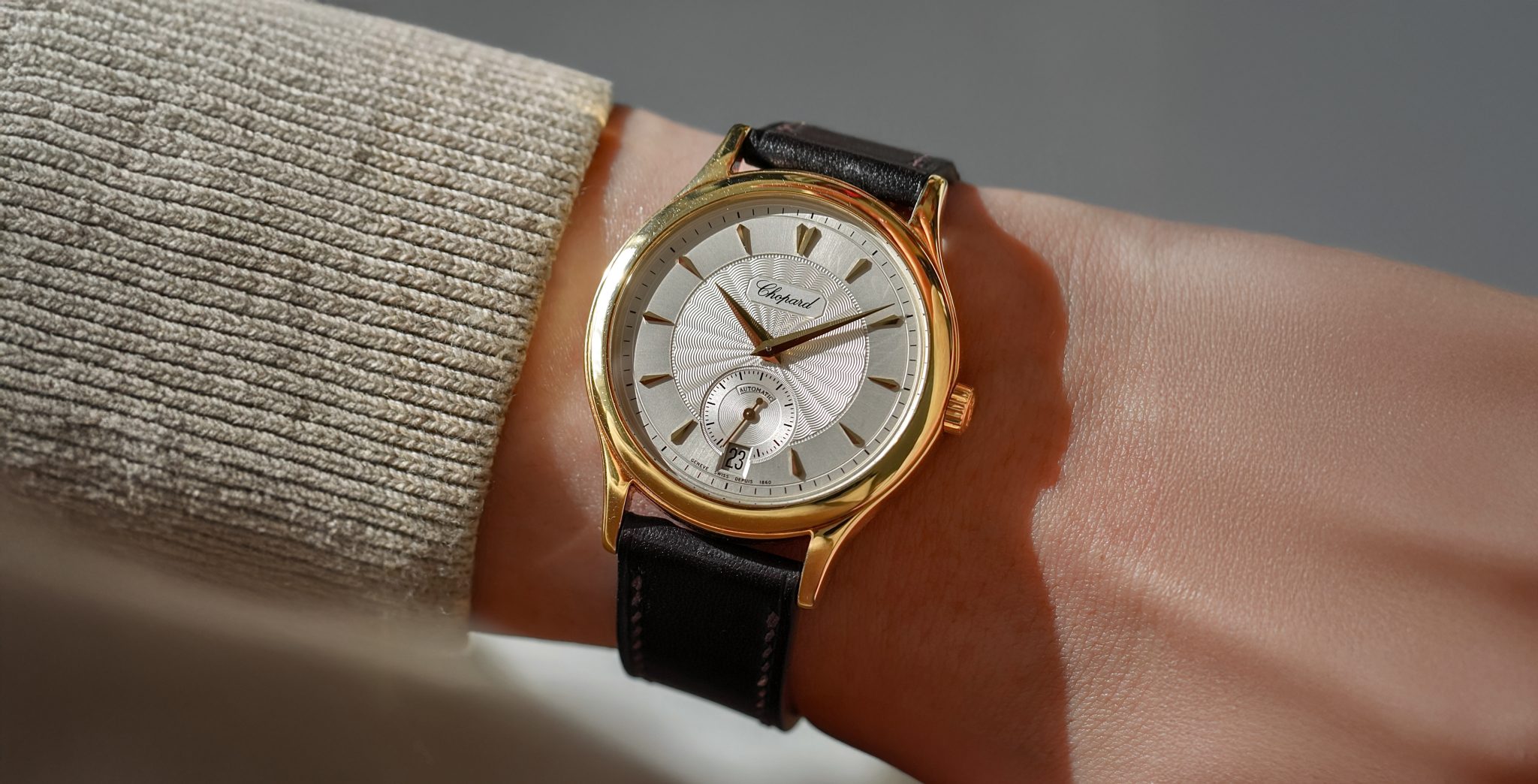
Lang & Heyne König Albert Von Sachsen
Lang & Heyne, not to be conflated with Lange, are quite unlike anything in the independent world. Taking inspiration and terrior from Dresden, Mirko Heyne and Marco Lang slowly built an audience for German watchmaking that is of equal quality to anything Glashútte but entirely distinct, though much of that was accomplished with hire Jens Schneider. Dresden-based means no Glashútte 3/4 plate, the duo have tried to open as much as possible of their incredibly finished calibres to the viewer. The watchmakers have created 10 unique calibres where not a thing is finished by machine, truly not one thing.

Proud Saxons, Lang & Heyne naming conventions come from German nobility and history. This is the Lang & Heyne König Albert Von Sachsen, a chronograph that’s quite unusual. This is a monopusher chronograph with co-axial registers and not a split as it first appears. A bit like the Longines Sommatore, this features co-axially stacked chronograph seconds and minutes, where the register at 6 is merely petite seconds. The calibre IV, as it is dryly named, features a diamond jewel for the balance, ample hand engraving, frosted bridges, a black polished column wheel, and bevelled chronograph levers. Just a hint of Glashútte is mixed in via gold chatons. Lang & Heyne are also known for the best solarisation in the world on their crown & ratchet wheels. This is very, very traditional watchmaking.

The dial is grand feu enamel, individually numbered. Fewer than 50 Albert chronographs were made across two series and three metals. The first iteration, released 2006, features two straight lugs, where this second series from 2012 features the brand’s (often polarizing) signature triple-lug. The case here is a not-light 44mm in platinum. With such draining techniques, Lang & Heyne production always remains double digits per year, even with their Hektor sports watch. They top out at 15 screws per day for production, that’s how involved it is to create a calibre IV. Fitting the name, there really is something quite regal about the degree of effort and layout of the Albert, for example the elegantly modernized monopusher onion crown. It’s very German, but it’s also the opposite of unexpressive.

This example appears to have been lightly worn and nothing more. It comes with its original papers, but not box.








